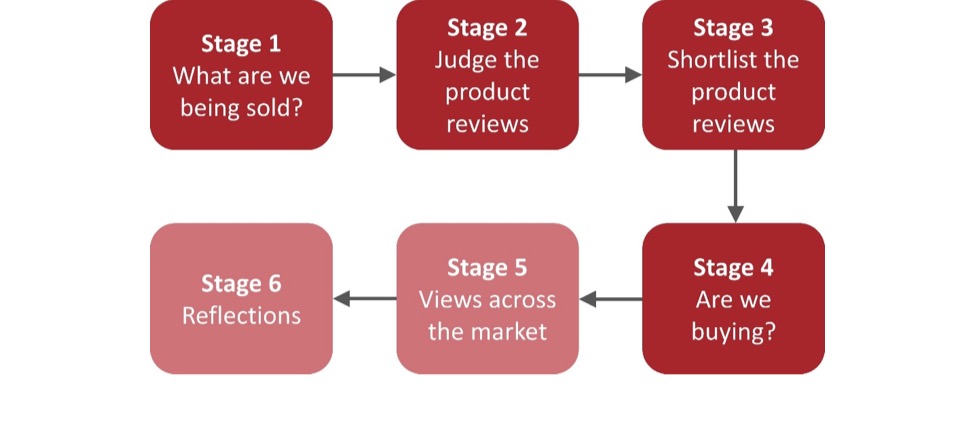An overview of TAP-SWOT in a BOX to help you decide if you want to play it with colleagues.
Transport planning has traditionally sat within the predict and provide paradigm – focused upon a forecast-led approach to addressing car-centric planning. Triple Access Planning (TAP) sits within the decide and provide paradigm – focused upon a vision-led approach to addressing access-centric planning for an uncertain world.
But what is TAP and how might it translate from a theoretical concept into the reality of how planning is approached in practice? We decided to develop a game to help practitioners learn more about TAP and critically examine its merits from their own perspective.
SWOT analysis is a means of critical examination – allowing the Strengths and Weaknesses of the TAP approach to be considered as well as the Opportunities and Threats of the planning setting into which it could be introduced.
We wanted to consolidate our own understanding of SWOT elements in a way that would in turn allow other practitioners to have their own say in a shared learning environment. The idea of TAP-SWOT in a Box was born.
TAP-SWOT in a BOX is a card game for up to five players (up to four players in the digital version). It can be played by multiple teams simultaneously in the same room or online, making it ideal for workshops and conferences.
The deck of cards has four suits – S, W, O and T with ten cards in each suit. There are also blank ‘joker’ cards for players to introduce new SWOT elements if they wish. The aim of the game is to work as a team of players to prioritise the most important cards until only five cards remain. These constitute the ‘elevator pitch’ of reasoning from the team to their (imaginary) boss to support whether or not they recommend TAP be adopted by the organisation concerned.
An overview of the stages of the game is shown below:

Stage 1 involves an eight-minute presentation explaining TAP. While TAP is a process and way of thinking, it can be imagined as a product you are considering buying. The SWOT elements can be viewed as ‘product reviews’. Stage 2 involves players weighing up all of the product reviews. In Stage 3 further shortlisting is done by the team of players. With the five remaining most important cards, each player then decides whether or not to recommend ‘buying’ TAP (i.e. adopting it as an approach). If multiple teams have played the game simultaneously then views between teams ‘across the market’ can be shared and discussed (Stage 5). Stage 6 is an optional natural addition after the game play time to hold a discussion based upon views prompted by playing the game.
The game typically takes around an hour to run but the tempo can be adjusted to suit the time available.
Players learn more about TAP by playing, they learn from each other and we can all learn from people’s experiences of playing TAP-SWOT in a BOX. Why not give it a go yourself? We have created two versions:
